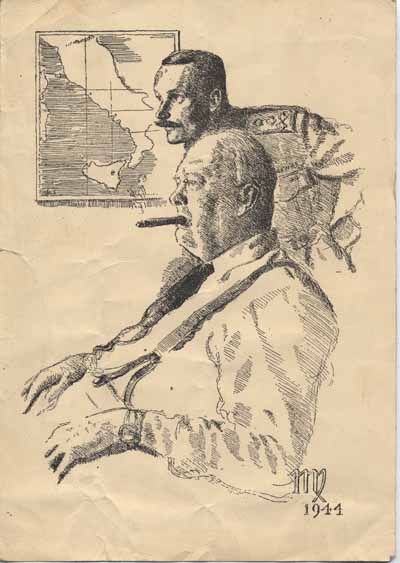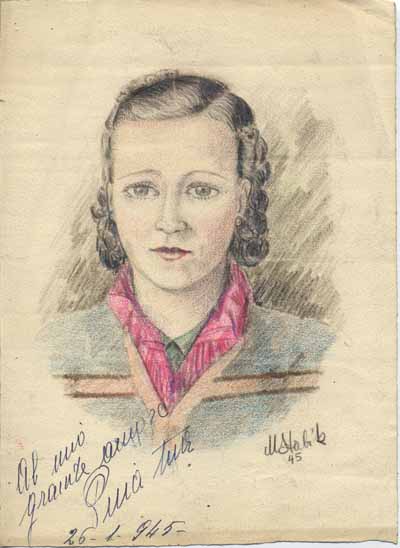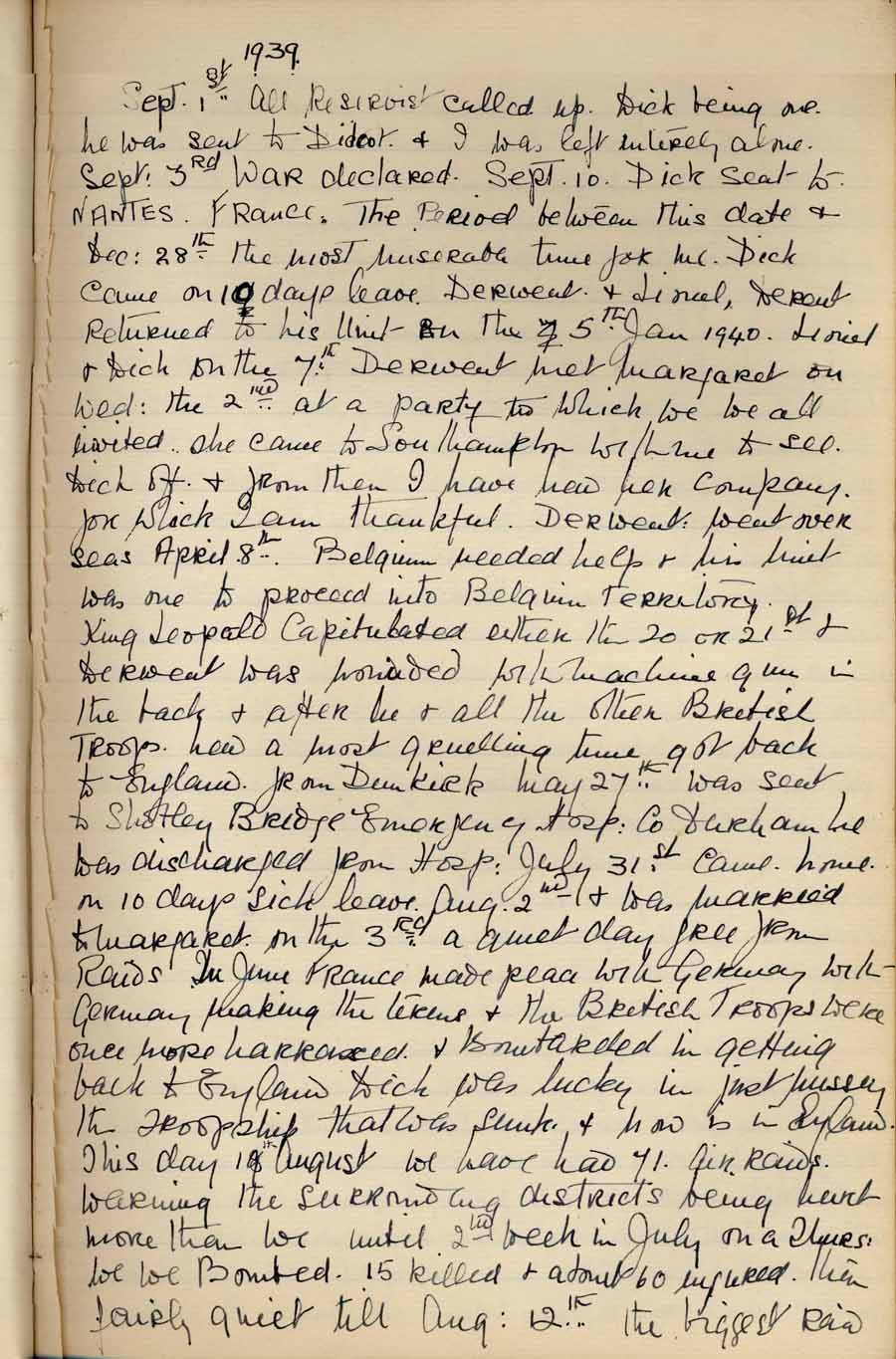Finding her way round the garden – which looks a bit overgrown. We discovered from the lady across the road (former veterinary nurse) that she had a lot of Basenji in her. These are North African hunting dogs which do not bark – they yodel, apparently. She did bark later but I think was traumatised by the barking in the RSPCA kennels and was very unhappy whenever we passed a house (or some kennels!) where there was a lot of barking.
She was 8 months old when we took her and had been brought into the Swansea refuge at only 3 months. She was very distressed and they had had to mover out of the usual 3 foot by 6 foot pen into a bigger run because she was hurling herself against the walls. Small wonder that nobody wanted to take her on. Happily I was ‘retired’, we had a lot of ground behind our houses and we could walk out into open fields.
Initially she was very hesitant, sometimes stopping and refusing to move. Eventually through coaxing and talking to her in an encouraging manner (yes, really!) she gained confidence and we would do very (very!) long walks: 8 miles in the morning and 5 miles in the afternoon. Returning home she would run tirelessly around the perimeter of our back gardens – a distance of more than 200 metres, over and over again.
Eventually she became calmer and I started to realise how intelligent she was. Because I did not know how she would behave with livestock, I would call her each time we approached a stile and put her on her lead. After a few stiles she had worked out that when she saw one she should wait for me to put the lead on. What a delight.
Her old ghosts still haunted her, though, and she was often frightened by house dogs barking their warnings. One day, in the woods south of Ditcham Park School we approached a house down the narrow lane, so I put her on her lead. As we approached the house I saw a young girl outside who looked surprised and asked me to wait. She ran inside and re-emerged with her father bearing a picture frame with one of those canvas-ised photographs. It was of a proper Basenji – of which they owned a pair. No barking, of course! Although the colour scheme was the same, the legs were much shorter – a bit more like a corgi.
Here’s one of my favourite resting places – SU 668 141. The seat was dedicated to a Brian Thomas and I often wondered how they got permission to put it there. Possibly related to the land owner? It looked out over a lovely valley where paths criss-crossed, its downsides being a local boarding kennels (barking!) and on occasions the noise from a radio controlled racing car track. Mostly quiet and scenic, though.
I am not sure how many hundreds of miles we walked together but I began to notice a great improvement in my hill climbing ability.


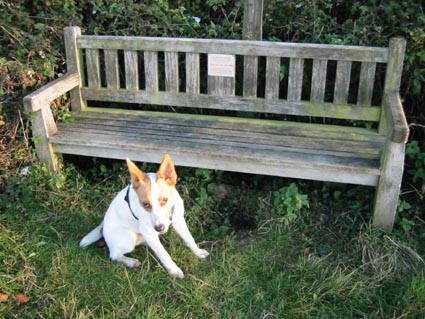
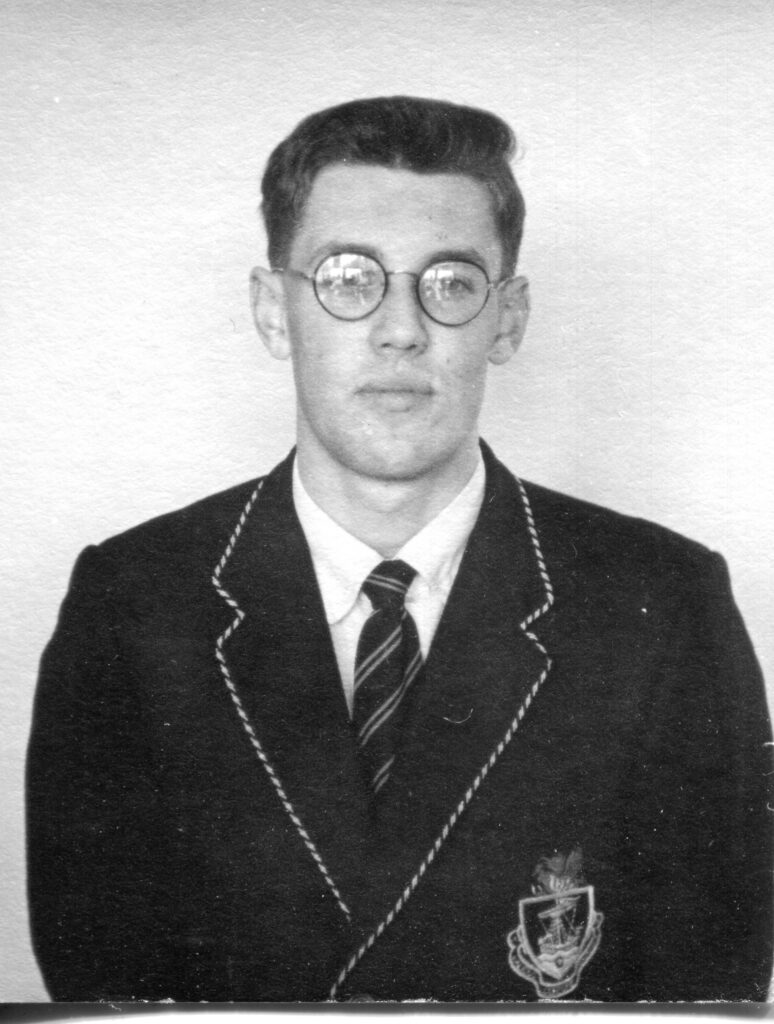

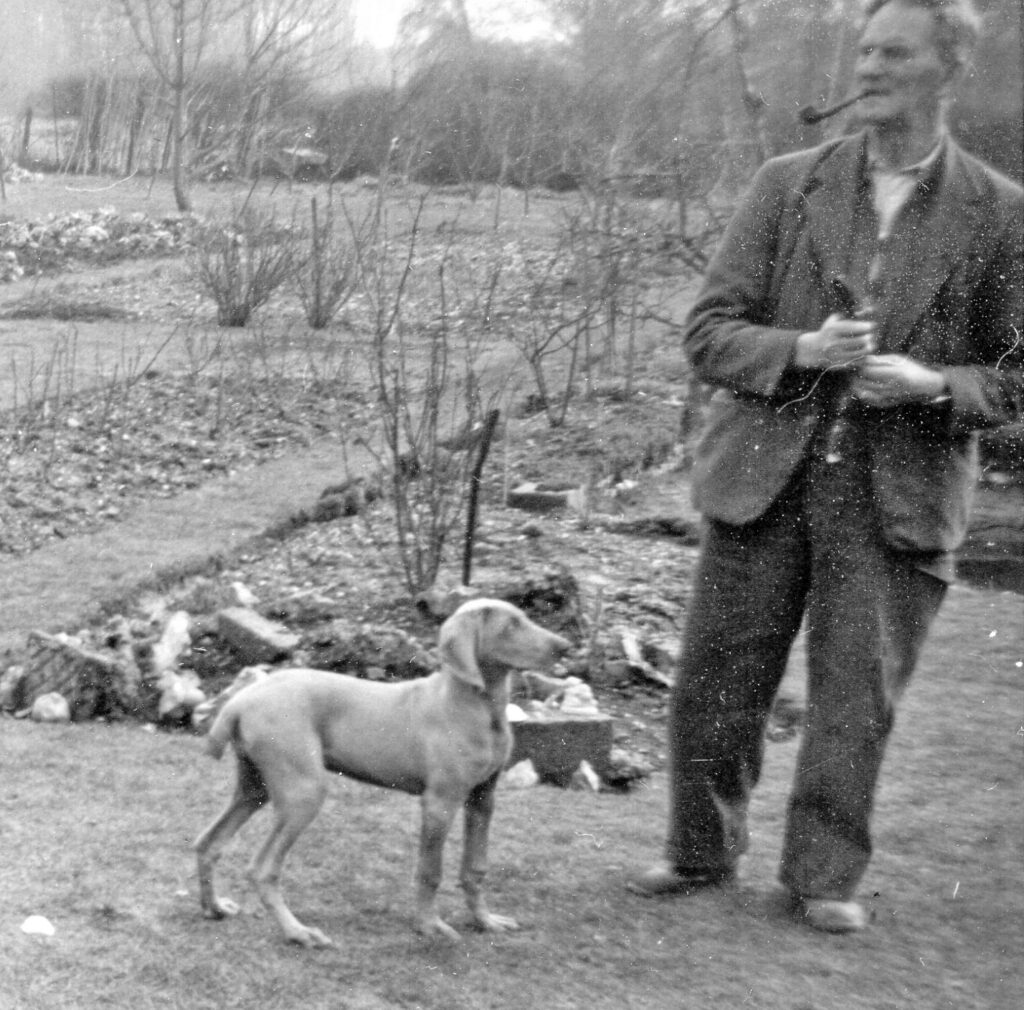

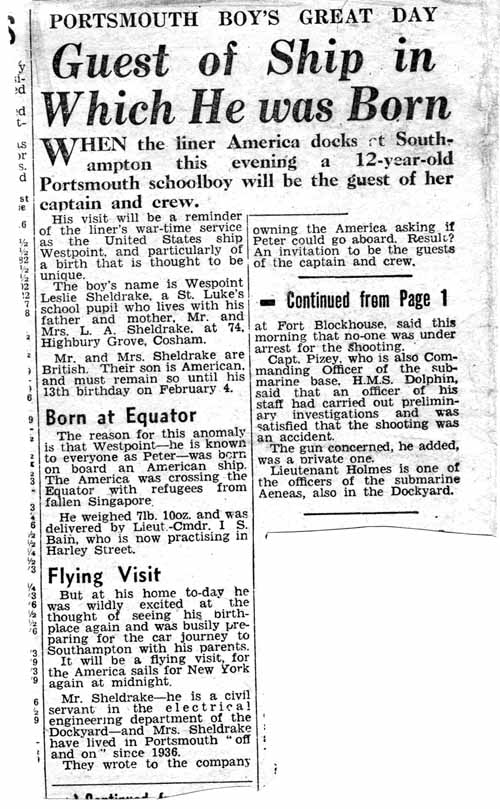
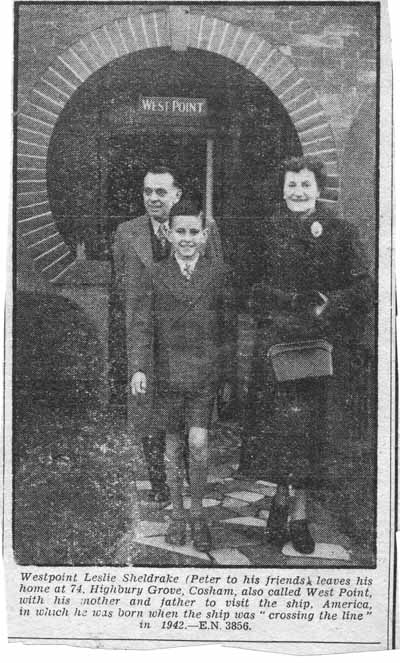
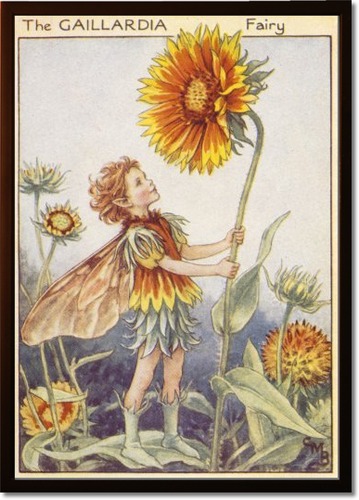
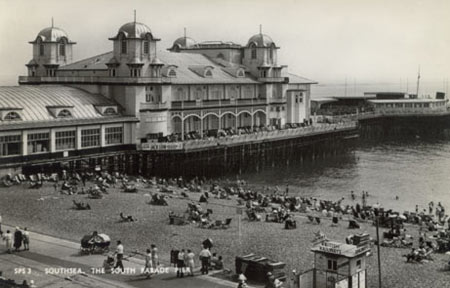


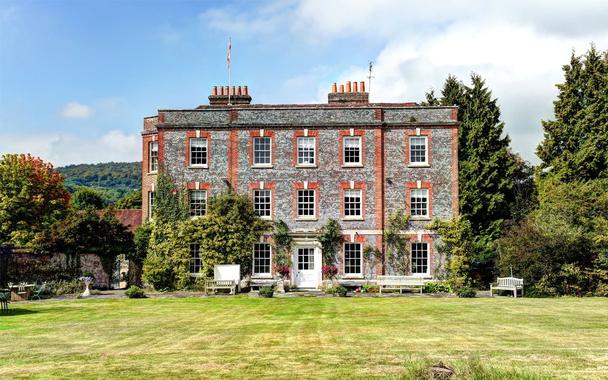
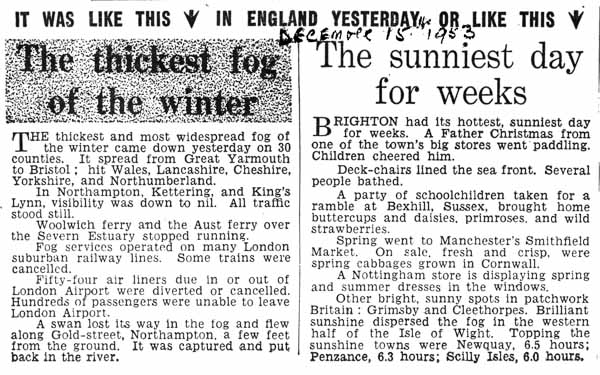

 Peter Robert Turnill, third and youngest son of Joan, b 1/5/1947, m 19/10/1971
Peter Robert Turnill, third and youngest son of Joan, b 1/5/1947, m 19/10/1971
 Little more than a shed! The picture shows it in 1982 shortly before we demolished it. The house to the left was built by Joan and occupies half the plot they bought in 1952. They had about 2/3 of an acre of ground.
Little more than a shed! The picture shows it in 1982 shortly before we demolished it. The house to the left was built by Joan and occupies half the plot they bought in 1952. They had about 2/3 of an acre of ground.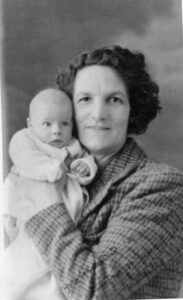 Margaret Ianthe ? ? Hanson, first child of Derwent & Margaret, b ??/??/1942, m ????? d ??/??/2008? Ellen holds Ianthe – taken 1/3/43
Margaret Ianthe ? ? Hanson, first child of Derwent & Margaret, b ??/??/1942, m ????? d ??/??/2008? Ellen holds Ianthe – taken 1/3/43 Richard Brian Turnill, first child of Joan & Victor, b 23/10/1942, d 12/1/1961. Douglas must have got lost somewhere.
Richard Brian Turnill, first child of Joan & Victor, b 23/10/1942, d 12/1/1961. Douglas must have got lost somewhere.
 They certainly did …
They certainly did …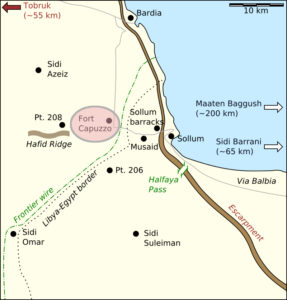
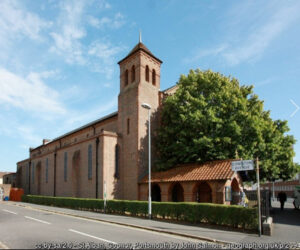
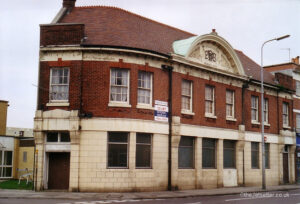
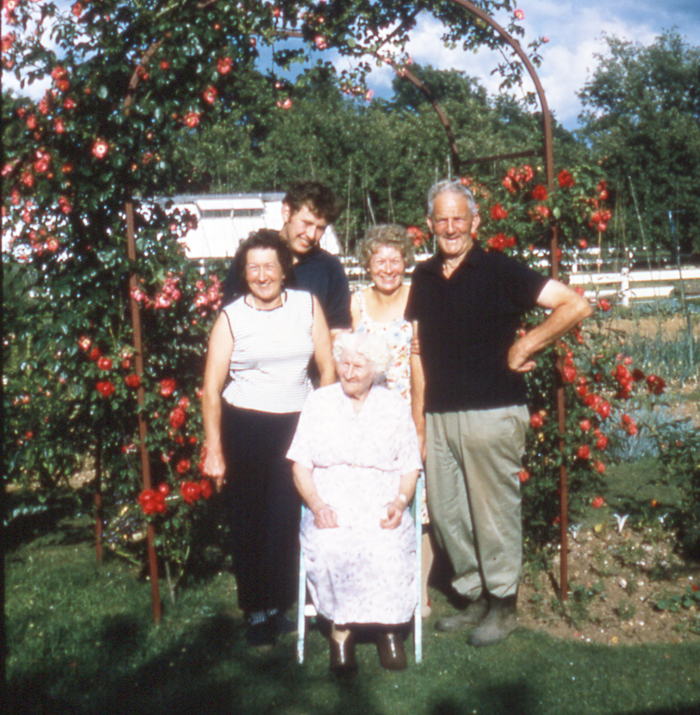
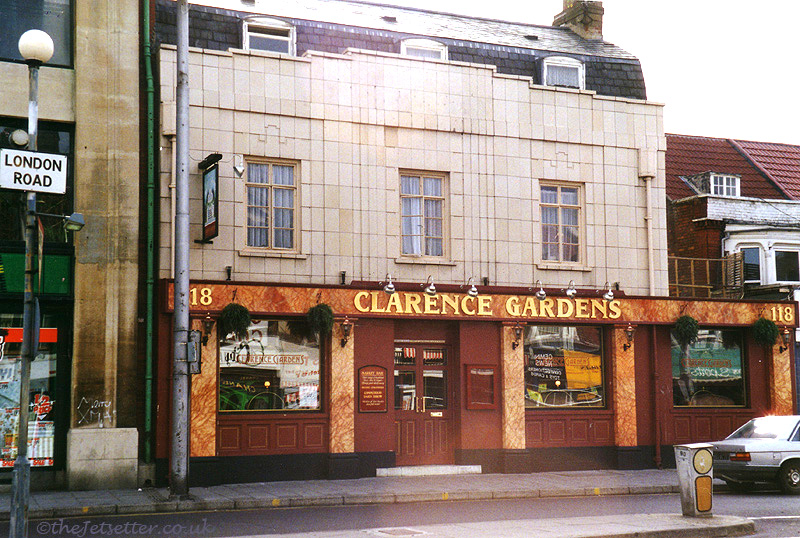


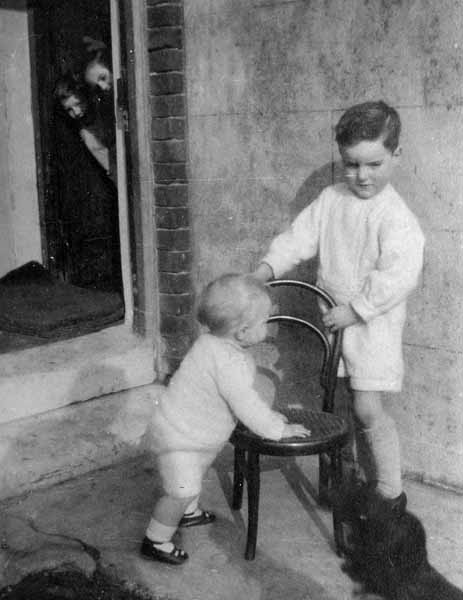 Derwent George Cooper Hanson was their 3rd child, born 8/9/1918, and thus just 21 at the start of the war. Died ??/??/??
Derwent George Cooper Hanson was their 3rd child, born 8/9/1918, and thus just 21 at the start of the war. Died ??/??/??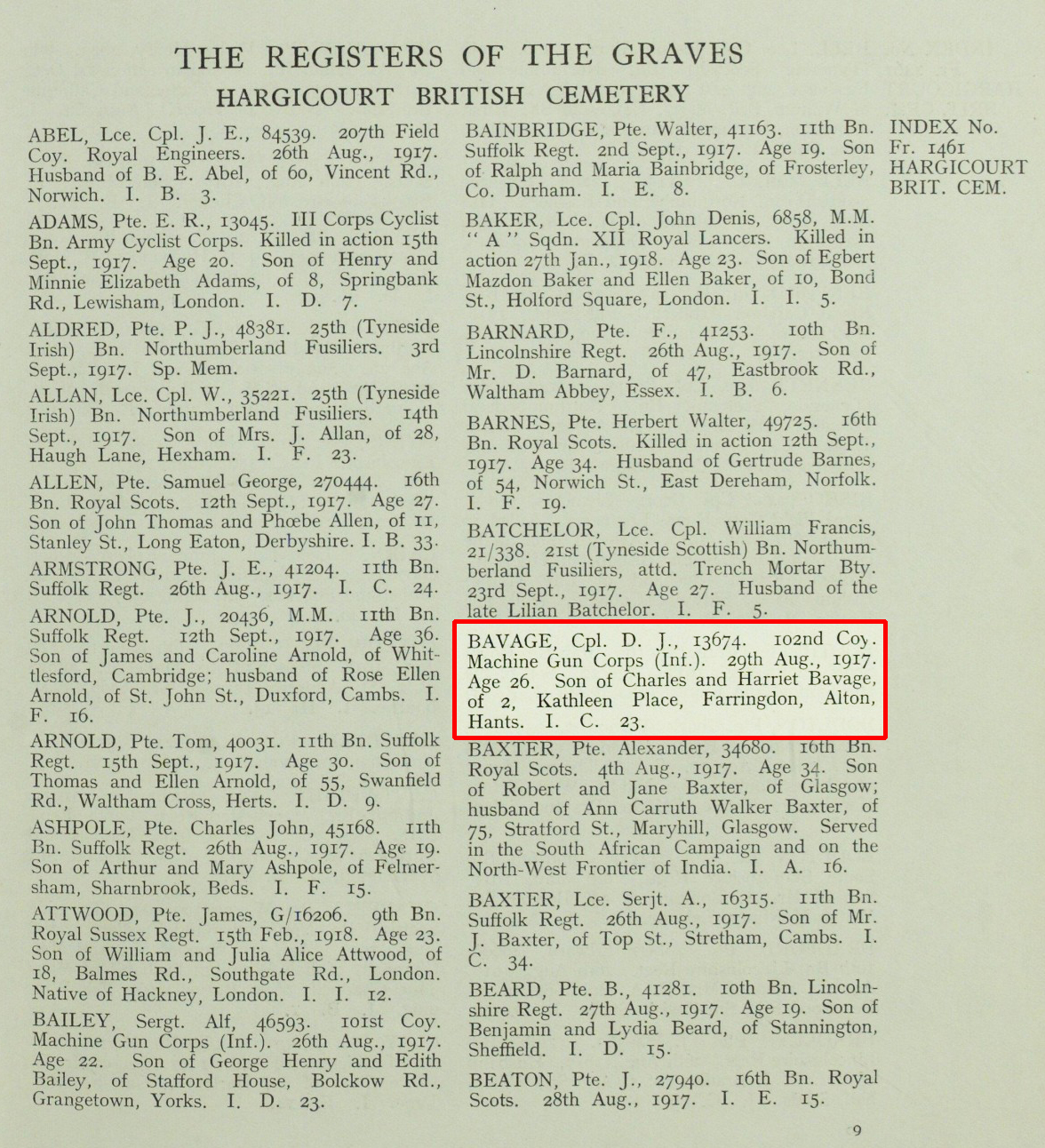


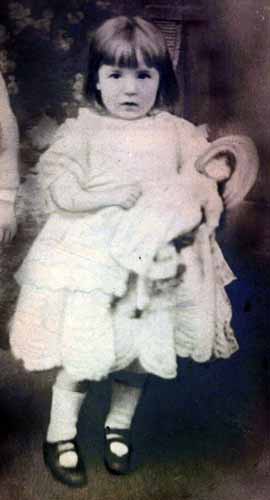

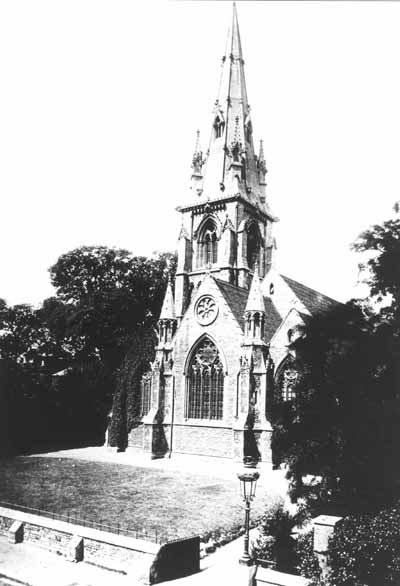
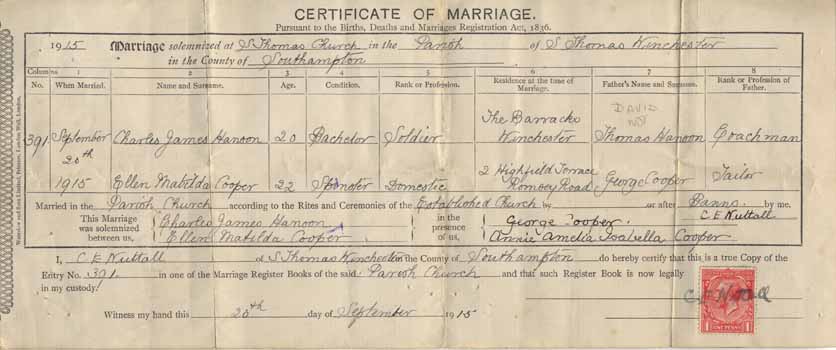
 Margaret Williams, born ??????,
Margaret Williams, born ??????,